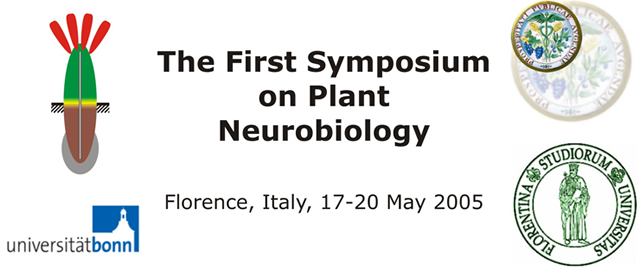|
Jasmonic acid, salicylic acid and gene expression in early response of potato plants to virus
infection |
| |
|
Maja Kovač1, Darja Milovanovič Jarh1, Axel
Műller2, Anita Purnat1, Špela Baebler1, Hana
Krečič1, Mojca Milavec1, Maruša Pompe-Novak1, Kristina
Gruden1, and Maja Ravnikar1 |
1 Department of Plant Physiology and Biotechnology,
National Institute of Biology, Večna pot 111, 1000 Ljubljana, Slovenia
2 Lehrstuhl
fűr Pflanzenphysiologie, Ruhr-Universität Bochum, Univeristätsstr. 150, 44801 Bochum,
Germany |
| *email:
|
| |
Jasmonic acid (JA) and salicylic acid (SA) are central players in mediating responses to
pathogens and wounding in plants. These molecules induce expression of several defence-related genes. The
involvement of JA and SA in early response of plants to virus infection was investigated in potato plants
(Solanum tuberosum L.) infected with potato virus Y NTN. Various potato cultivars are differently
sensitive to the virus. In susceptible variety the symptoms of infection are ring shaped necrosis of the
tubers, chlorosis and curling of leaves, accelerated senescence, and sever reduction in crop yield. In our
study, two potato cultivars were chosen: sensitive cv. Désirée and resistant cv. Santé.
JA and SA were measured 1 and 3 hours after inoculation using a multiplex GC-MS/MS and HPLC,
respectively. The study showed the involvement of JA in very early response of potato to PVY NTN infection, as
significant increase of JA, was detected in inoculated leaves 1 hour post-inoculation. The increase was most
pronounced in resistant variety indicating the correlation of JA metabolism with the expression of the
resistance. The role of SA in very early defence response is less clear.
Gene expression profile of
virus-potato plant interaction was studied by cDNA microarrays. Most prominent changes were observed in genes
associated with defence response. |

